40 F. high in the Twin Cities Tuesday.
55 F. average high on October 22.
64 F. high on October 22, 2012.
2.84" rain so far in October.
.29" rain in October, 2012 (as of October 22, 2012).
Pick Your Poison

The
safest state in the USA? Possibly New Mexico. No hurricanes, few
earthquakes and tornadoes, but flash flooding takes a toll. Sorry, but I
still prefer MSP to Albuquerque.
Our cold fronts can be annoying,
the snow & ice makes it hard, even dangerous, to get through a
winter. I've said it before, I'll say it again: living close to Canada
inoculates us from some of the worst weather extremes on Earth.
Hurricane
Raymond is chewing up the Mexican coastline, while massive, potentially
historic wildfires are spawning "pyrocumulus", fire clouds, near
Sydney. Large fires make their own weather, spewing embers and lightning
that can spark more blazes downwind. Just ask residents of Hinckley.
And
for the record a wide swath of the south, from Texas to Georgia to
North Carolina, saw 3 times more billion dollar weather disasters than
Minnesota since 1980. There, I'm feeling better already.
No sign
of Indian Summer, but mid to upper 40s will feel pretty good by late
week. No snowy drama brewing, but rain showers are likely Monday, maybe a
bigger (rain) storm late next week.
It's still early, but Halloween may bring 40s with a chance of rain after dark. Nothing too scary this year.
* billion dollar weather/climate disasters in the USA from 1980 to 2011 courtesy of NOAA NCDC.
"Graupel".
Thanks to Kim Michaels, wife of legendary WeatherNation TV
meteorologist Mace Michaels, for passing on this photo of graupel late
Tuesday from their home in Shakopee. Definition via Wikipedia: "
Graupel
(German pronunciation], also called soft hail or snow pellets) refers
to precipitation that forms when supercooled droplets of water are
collected and freeze on a falling snowflake, forming a ball of rime.
Strictly speaking, graupel is not the same as hail or ice pellets."
First Frost/Freeze.
Here are Tuesday morning's lows, the coldest temperatures showing up
south and west of MSP (the HRRR model did a pretty good job isolating
this on Monday). Mid 20s were common across the metro, temperatures as
cold as 21 at New Ulm, Lakeville and Northfield. Map:
MesoWest.
Partly-Soggy Halloween?
ECMWF model guidance, valid next Thursday evening (Halloween) at 7pm
shows a cold rain overspreading western and southwestern Minnesota. It's
too early to know whether waterproof costumes will be required here in
the metro; may be a close call. Map above: WSI.
Still Stunted.
I still expect a couple upward blips in temperature before we settle
into the Deep Freeze, but they may not come until November. ECMWF
guidance above shows upper 40s Friday, then slightly cooler over the
weekend, a chance of a little wet snow mixing in with rain showers
Monday and Tuesday, probably all-rain the end of next week. The European
model shows a high of 47F on Halloween, any rain holding off until next
Thursday night. Graphic: Weatherspark.
GFS Solution.
NOAA's GFS model is even milder, showing highs in the 50s on Halloween,
with relative warmth (?) spilling over into Saturday, November 2,
before we cool back down into the 40s for highs much of the first week
of November.

With An October Like This Who Needs November?
Much of America east of the Rockies is getting off to an early start to
heavy jacket season, but it doesn't necessarily mean that a harsh
winter is imminent. In fact America's winters are trending milder, and
less snowy over time. That's the subject of today's
Climate Matters: "
WeatherNationTV
Chief Meteorologist Paul Douglas looks at the trends of increasingly
wimpy winters. You're not getting as many frigid days as your
grandparents."
Snowfall Change Since 1930. Is it possible to discern any real trends in the data since 1930? This map from
EPA
shows the net increases and decreases in winter snowfall for the USA up
to 2007. The data shows significant decreases in winter snows for the
Pacific Northwest, Arizona and the Central Plains, along with Tennessee
and the Carolinas - a slight increse for the Upper Midwest and Great
Lakes states.
 UNC: Why Bosses Want Dreary Weather
UNC: Why Bosses Want Dreary Weather. Sunny weather is distractingly nice, too nice to work? Possibly. Here's an excerpt from an interesting story at
Triangle Business Journal: "
Those
who enjoy a sunny outdoor day might be disappointed to learn that their
bosses probably want it to rain every day. Bosses don’t necessarily
have anything personal against sunny weather, it’s just that they get a
more productive workforce on bad weather days, according to research
from UNC-Chapel Hill, Kenan-Flagler School of Business. According to two studies by operations and finance professors from UNC-CH and Harvard University,
weather actually has an affect on productivity. They measured
productivity at one company and matched it against precipitation that
day, finding that workers were more productive on rainier days..."
New Blaze Fears For Australia As Weather Conditions Turn Bush Fire Into Devastating "Fire Cloud".
Large fires can actually make their own weather, helping to dry out
surrounding landscapes and breed more fires as embers are swept scores
of miles downwind. Here's a good explanation of a worst-case scenario
and the potential for "pyrocumulus" from the
U.K. Daily Mail: "
Catastrophic
weather systems known as "fire clouds", sparked by heat from the raging
bush blazes outside Sydney, could see southwest Australia hit by
devastating lightning storms. The dramatic cloud formations have already
been seen over some burning parts of the New South Wales bush last
week. But a merging of the biggest wild fires into one "mega blaze"
could see temperatures intensify and the atmosphere about the region
made unpredictable and potentially dangerous...." (Graphic credit: Daily Mail).
Time Is Ripe For Fire Detection Satellite Say UC Berkeley Scientists. EurekaAlert has the story; here's the intro: "
As
firefighters emerge from another record wildfire season in the Western
United States, University of California, Berkeley, scientists say it's
time to give them a 21st century tool: a fire-spotting satellite. Such a
satellite could view the Western states almost continuously, snapping
pictures of the ground every few seconds in search of hot spots that
could be newly ignited wildfires. Firefighting resources could then be
directed to these spots in hopes of preventing the fires from growing
out of control and threatening lives and property. The UC Berkeley
scientists have designed such a satellite using state-of-the-art
sensors, written analysis software to minimize false alarms, and even
given it a name – the Fire Urgency Estimator in Geosynchronous Orbit
(FUEGO). They're hopeful it can be built for several hundred million
dollars, either by government or private entities..."
Image credit above: "
This
is an artist's concept of the FUEGO satellite, which would snap digital
photos of the Western U.S. every few seconds in search of hot spots
that could be newly ignited fires." Credit: R. E. Lafever, Lawrence Berkeley National Laboratory.
Costly Lesson Of Rim Fire: Forests Need To Be Thinned. Here's a clip from
FindLaw: "
That
movie-based logic is how federal dollars get allocated for forests, say
foresters, scientists, environmentalists and others familiar with how
fire risk gets handled in the Sierra. The Rim Fire that started Aug. 17
and burned more than 400 square miles has already run up a $127 million
price tag for firefighting. On Friday, federal officials announced
another $4.3 million in funding for post-fire treatments to damaged
watersheds. But cost-effective efforts that might prevent such
catastrophic fires languish due to lack of funding and political will,
observers say, even though thinning forests using controlled fires to
reduce the fuel load would, in the long run, save taxpayers millions..."
Photo credit above: "
Burned trees from the Rime Fire still stand in Stanislaus National Forest near Tuolumne, California, on September 13, 2013." (Lawrence K. Ho/Los Angeles Times/MCT).
Alerts Broadcaster Update. Here's an excerpt of a briefing that went out Tuesday morning from
Alerts Broadcaster:
I’ve
been monitoring Raymond very carefully over the last few days – trying
not to hype a storm that poses only a moderate risk of flooding for
Acapulco and Manzanillo. There has been considerable flooding at
Ixtapa-Zihuatenejo and Petatlan, but Acapulco is on the fringe of the
storm. No extreme flooding or storm surge impact to coastal facilities
is expected at either Acapulco or Manzanillo. Raymond is still a
dangerous Category 3 storm, but is already showing signs of slight
weakening, pulling westward, away from the Mexican coastline.
Raymond’s Projected Path.
A Category 3 (major) hurricane, Raymond is doing a U-Turn and heading
out into the colder waters of the eastern Pacific. Conditions along the
Mexican coast should slowly improve over the next 24-36 hours.
Dueling Typhoons – Near Miss For Japan.
We’ve been watching Typhoon Francisco carefully as well, but latest
models push the core of the storm farther east, away from Tokyo,
weakening Francisco to a tropical storm by the time it brushes the far
eastern coastline of Japan with 20-40 mph winds and heavy rain squalls
Saturday (local Tokyo time). Minor to moderate flooding is possible
(latest models print out nearly 8” rain for Hiroshima) but right now
this does not look like a repeat of Wipha a couple weeks ago. Typhoon
Lekima takes a track well east of Japan and should not be a factor.
We’re
watching the tropics and monitoring the brushfires pushing across New
South Wales into the far western suburbs of Sydney, a very early start
to what may be an historic fire season for Australia.
Facilities in and near Sydney should remain on high alert
in the coming days – evacuations of some suburbs is a distinct
possibility, especially western suburbs. We’ll watch it carefully.
Colors Peaking Around MSP Metro.
Granted, the timing isn't great with 30s, flurries and a stinging wind
chill, but we may be past peak by next weekend, so this will be the week
to take in a free eyeful of color, maybe take the drive down Highway 61
toward Red Wing and Winona soon. Map:
Minnesota DNR.
ENSO-Neutral, But Growing Signs Of Weak El Nino In 2014.
The graph above shows various model forecasts of ENSO, the natural
oscillation of wind and water in the Pacific. For several years we've
been in a protracted La Nina cooling phase, which may be temporarily
masking some of the atmospheric warming worldwide. There seems to be a
trend toward a slight warming by early 2014. The definition of El Nino
is water temperatures consistently .5C warmer than average for at least 3
consecutive months. Graph:
NOAA NCEP.
Why The Growth Of Wind Energy Worries Weather Forecasters In Oklahoma.
StateImpact NPR
has the story of how turbulence from wind turbines can (sometimes) be
mistaken for severe thunderstorms on Doppler radar; here's a clip: "...
Wind farms are multiplying and expanding in Oklahoma,
Texas, Kansas, and throughout the Great Plains, where the nation’s wind
energy potential is concentrated. The industry’s growth is worrying
weather forecasters because wind turbines can confuse radar. The problem
is the 150 foot-long blades spinning atop a wind turbine and the
undulating, ominous clouds that accompany severe weather look the same
to the computers that digest and display weather radar data, says Ed
Ciardi, a meteorologist for the National Oceanic and Atmospheric
Administration..." (graphic: Weather Underground).
Despite Severe Storms, Sales Of One Vital Policy Remain Low.
Are you covered for flooding? Most standard homeowners policies do NOT
include flood-related damage under claims - you need to purchase this
separately. In the wake of Sandy and major flash floods and river
flooding of recent years many Americans continue to take their chances.
Insurance Business Magazine has the story - here's an excerpt: "...How do you recover from something when you don’t have insurance?” she said. “
People
assume that these large-scale disasters will always be followed by a
federal emergency declaration that will help them out. That isn’t always
the case.” Producers need to ensure that their clients recognize the
importance of flood insurance, even if they feel the odds are in their
favor. “The big message here is, yes…we do get flash floods,” Walker
said. “It’s our most common natural disaster, and we really urge agents
to offer flood insurance to everyone and everyone should consider
purchasing it, weighing their risk...” (File photo: AP).
Sandy A Warning Rising Seas Threaten Nuclear Plants.
Climate Central
has a story focused on how rising sea level combined with more extreme
coastal storms and subsequent storm surges may threaten coastal nuclear
power plants; here's an excerpt: "
As Hurricane Sandy
barreled ashore a year ago, the storm forced the shutdown of several
Northeast coastal nuclear power reactors, including the Oyster Creek
plant on the Jersey Shore, which took the brunt of Sandy's huge storm
surge. Another reactor at Indian Point Energy Center north of New York
City shutdown because of power grid disruptions, and a third reactor in
southern New Jersey shutdown when Sandy knocked out four of its
circulating water pumps. No nuclear power plant in Sandy’s path was
in imminent danger of a meltdown, but the force and size of the storm
surge served as a warning that rising seas and higher storm surges,
driven in part by climate change, could eventually have a devastating effect on the seven low-lying nuclear power generating sites on the Northeast Coast in future hurricanes..."
Photo credit above: "
Indian Point Energy Center on the Hudson River in Buchanan, N.Y." Credit: Bobby Magill.
Choking Smog Paralyzes Cities In Northeast China, Closing Schools, Airports.
Here is what you get when there's no equivalent of an EPA, when it's
"economic-growth-at-any-cost". Portions of China are now unlivable. You
can't breathe the air, drink the water or eat the food. Other than that
things are going well. Here's a clip from
The Washington Post: "
Thick,
choking smog enveloped cities in northeast China on Tuesday, closing
schools and airports, snarling traffic and reducing visibility to a few
yards, in a dramatic sign of the country’s worsening air quality.
China’s breakneck dash for economic growth has badly damaged the
environment, and the rapid deterioration in air and water quality has
increasingly become a source of public unrest. As a result, improving
environmental standards has become a priority for the government. But
the acrid clouds enveloping several cities this week showed how tough
that task had become..."
Photo credit above: "
A
woman wearing a mask walk through a street covered by dense smog in
Harbin, northern China, Monday, Oct. 21, 2013. Visibility shrank to less
than half a football field and small-particle pollution soared to a
record 40 times higher than an international safety standard in one
northern Chinese city as the region entered its high-smog season." (AP Photo/Kyodo News)
Waterspout Spotting Record Shattered. 67 waterspouts in one day? Wow. Canada's
Welland Tribune has the remarkable story; here's the intro: "
Storm
chasers across southern Ontario and western New York had no clue what
they were in for Sunday when they headed out to watch lakes Ontario and
Erie for waterspouts. It turned out to be a record-setting day, with 67
waterspouts documented. “I’ve never seen anything like this … 67 in one
day,” said Wade Szilagyi, director of the International Centre for
Waterspout Research. “Not only is that a Great Lakes record, but that’s a
world record. There’s never been that many documented in one day before...”
Photo credit above: "
This file photo shows a waterspout at the south west tip of Wolfe Island at the eastern end of Lake Ontario." (QMI Agency file photo)
Starpath Spray-On Coating Lights Up The Road. Highway surfaces that glow, reducing the need for street lights? Interesting concerpt, fleshed out in an article at Gizmag; here's an excerpt: "UK
company Pro-Teq has developed a new water-resistant, spray-on coating
that absorbs UV light during the day and releases it at night, adapting
to the lighting conditions in its surroundings. The technology is being
given a test run at the Christ's Pieces park in Cambridge, and could
prove a cost effective alternative to conventional street lighting..."
Photo credit above: "
UK company Pro-Teq's glow-in-the-dark spray coating could prove a cheaper alternative to conventional street lighting." (Photo: Pro-Teq).
"Our Story".
Here's a visually remarkable and sobering history of our world, the
dawn and evolution of civilization, and how it may all end, in a
convenient, 2 minute YouTube format, courtesy of Joe Bush. I'm still hoping for a sustainable way forward.
A New Definitionat Of Wretched Excess. $38,000 for an iPhone case? Good grief. Details from
The Wall Street Journal: "...
The
latest entry is the Koku, a bedazzled case for the iPhone 5 and iPhone
5S, which comes in both silver and gold varieties. The gold case is
fitted out with more than 200 diamonds and sells for 3,776,000 Japanese
yen, or more than $38,500. Though the cases are currently sold only in
Japan, the president of the Japanese jewelry company that makes them
says he hopes to start selling them it world-wide..."
Photo credit above: Phonenet. "
This bedazzled gold iPhone case has a price tag of more than $38,500. Diamond ring not included."
TODAY: Chilly, more clouds than sun. Winds: NW 10. High: near 40
WEDNESDAY NIGHT: Partly cloudy and cold. Low: 27
THURSDAY: Mostly cloudy and cold, few flurries in the air. High: 39
FRIDAY: Partly sunny, a little better. Wake-up: 25. High: 47
SATURDAY: Mix of clouds and sun, still cooler than average. Wake-up: 36. High: 46
SUNDAY: Lot's of sun, less wind. Wake-up: 28. High: 47
MONDAY: Periods of rain, windy. Wake-up: 38. High: 44
TUESDAY: Clouds linger, drying out. Wake-up: 30. High: 41
Climate Stories...
It's Settled. Thanks to David Horse and
Facebook for sharing this one...
U.S. Energy-Related Carbon Emissions Fall To 18 Year Low.
Higher fuel efficiencies for vehicles, a transition from coal to
natural gas, and tepid economic growth may be the biggest factors, as
explained in this
National Geographic Energy Blog update; here's a clip: "
The
last effort in the U.S. Congress to tackle climate change head-on died
in 2010, amid ferocious lobbying by interests who argued it would wreck
the economy. That bill would have cut carbon dioxide emissions 3 percent
below their 2005 level by 2012. The actual 2012 figures are now out and
in fact, the United States was able to cut its carbon emissions
fourfold below the goal of the ill-fated Waxman-Markey legislation, even
though the nation’s economy grew 2.8 percent in 2012. A U.S. Energy
Information Administration report released Monday showed that U.S. energy-related carbon emissions last year
were 5,280 million metric tons, their lowest point since 1994 and 12
percent below the 2007 peak (and about 11.8 percent below the 2005
benchmark year that was used in the Waxman-Markey bill.)..."
Photo credit above: "
Foliage lines the Ancroscoggin River near a Berlin, New Hampshire pulp and paper plant." National Geographic stock image by Sandy Felsenthal.
Warm Winters, More Efficient Cars, Less Coal Use Combine For Big Drop In U.S. Carbon Pollution. The AP and
The Star Tribune has the story; here's an excerpt: "
The
United States cut its energy-related carbon dioxide pollution by 3.8
percent last year, the second biggest drop since 1990, the Department of
Energy said Monday. The only recent year with a bigger percentage drop
was in 2009, when America was in a large recession. American cars and
factories spewed 5.83 billion tons of carbon dioxide in 2012, down from
6.06 billion in 2011. It is the lowest level for U.S. emissions since
1994. Carbon dioxide is the chief man-made global warming gas. Energy
Department economist Perry Lindstrom said carbon pollution reduction is
due to warm winter weather, more efficient cars because of new mileage
requirements and an ongoing shift from coal-power to natural gas to
produce electricity..."
Photo credit above: "
A
Norfolk Southern Railroad train pulls transport cars full of coal near
Goodfield, Ill., on Oct. 9, 2012. The United States cut its
energy-related carbon dioxide pollution by 3.8 percent in 2012, the
second biggest drop since 1990." Photo: Seth Perlman, Associated Press.
Clear Link Between Climate Change And Bush Fires.
We call them wildfires here in the USA, in Australia they are known as
bush fires, and the one threatening the western suburbs of Sydney is
unprecedented, coming so early in the fire season. Here's a video clip
and excerpt from a story at
The Sydney Morning Herald: "
A
senior United Nations climate change official says there is
''absolutely'' a link between climate change and bushfires and has
warned that the Coalition government will pay a high political and
financial price for its decision to scrap carbon pricing. In an
interview with CNN's Christiane Amanpour on Monday, the head of the UN's
climate change negotiations, Christiana Figueres, said there was a
clear link between climate change and bushfires such as those raging in
New South Wales.."
The Renewable Boom.
The biggest source of (new) electricity generation last year wasn't
from a fossil fuel. It was from wind. More details in this article at
Time Magazine: "
Earlier
this year, the U.S. became a net exporter of oil distillates, and the
International Energy Agency projects that the U.S. could be almost
energy self-sufficient in net terms by 2035. Domestic oil production hit
7.75 million barrels a day in September, the highest level since 1989,
while oil imports are at 7.5 million barrels a day and falling. The
country that was spending $341 billion on crude-oil imports in 2008
managed to export $117 billion worth of processed oil products in 2012.
That’s a lot of money that is staying in the U.S...." (Photo credit: Robert East).
Pear Energy.
Here's an interesting concept - take advantage of clean renewables,
without installing wind turbines or solar panels. More information
here. There are numerous options for buying clean, green power, nationwide. EPA has a good interactive map showing all the options
here.
Why Climate Change Deniers Owe Us A (Scientific) Explanation. Here's a clip from a post written by
Graham Wayne: "...
I’ve
often remarked that climate change deniers have no science. A common
retort is that since we ‘warmists’ are making the claims, it is us that
need to produce the evidence to support it. On the face of it, this
seems fair enough – and indeed we have produced the evidence, not that
deniers are prepared to acknowledge any of it. (No surprise there).
However, as with calls for probity, accuracy and transparency, one might
imagine that such virtues, attributes or burdens of proof would be
applicable to us all, not just scientists, advocates or journalists.
Evidently, one would be wrong. Clearly, deniers do not care to
understand that when they make claims, the same rules ought to apply.
Describing the changes we have already witnessed as ‘natural
variability’ without explaining the forcing or its origin is exactly the
superstitious ‘magical thinking’ that Dana discusses, which explains
absolutely nothing and has as much credibility in scientific terms as
claiming that God did it..."
How Delayed Gratification, Human Self-Interest May Restrict Early Action Against Climate Change.
Medical Daily has a very interesting post about the psychology of facing up to long-term risks; here's an excerpt: "
Self-interest
and time perception may be the most significant obstacles to climate
change action, according to a new study. Researchers at New York
University (NYU) have determined that the long-term goals of preventive
action are not sufficient incentives for nations who fail to cooperate
in the face of global warming. The findings suggest that emphasizing the
short-term gains may be the only way to spur a concerted effort against
the climate shift that threatens to unravel infrastructures and
economic systems worldwide..."
* Time Magazine has
more details on the new research paper cited in the article above.
Weathering The Change.
USA Today has done a good job documenting examples where a morphing
climate is already having an impact on communities around the United
States. The site is
here.
Super-Large-Scale Solar Installations Are Surging In the U.S.
Quartz has the article - here's the introduction: "
Don’t
write Big Solar off yet. With the plunge in photovoltaic panel prices,
US utilities that once enthusiastically signed deals for massive solar
power plants to be built in the desert began to favor small
installations deployed near cities that don’t require the construction
of multi-billion-dollar new transmission lines. But a new report shows
that so-called utility-scale solar—which supplies more than 10 megawatts
(MW) of electricity from a central power plant—hit a new record in the
third quarter of 2013. So far this year, 1,081 MW of utility-scale solar has come online,
with the flip switched on 282 MW in the third quarter, according to
market research firm SNL. That’s a 15% spike over the third quarter of
2012..."
Climate Change: A Note From Our Letters Editors.
Yes, you're free to have whatever opinion you want to have. That
doesn't mean you're free to make up facts or cherry-pick data, as the
editors at the
Sydney Morning Herald point out; here's an excerpt: "...
We
do not ban writers whose views suggest they are climate change deniers
or sceptics. We consider their letters and arguments. But we believe the
argument over whether climate change is happening and whether it is
man-made has been thrashed out extensively by leading scientists and on
our pages and that the main debate now is about its effects, severity,
and what society does about it. Climate change deniers or sceptics are
free to express opinions and political views on our page but not to
misrepresent facts. This applies to all our contributors on any subject.
On that basis, a letter that says, "there is no sign humans have caused
climate change" would not make the grade for our page."
Image credit above: "
Five degrees hotter... our climate in 90 years." Digital illustration
Photo: Matt Davidson.
Global Warming Forecast For Amazon Rain Forest: Dry And Dying.
Live Science has an update on the troubling trends in the Amazon; here's the intro: "
The
Amazon rain forest's dry season lasts three weeks longer than it did 30
years ago, and the likely culprit is global warming, a new study finds.
Rain falls year-round in the Amazon, but most of the annual deluge
drops during the wet season. (The rainy season's timing varies with
latitude.) Scientists think that a longer dry season will stress trees,
raising the risk of wildfires and forest dieback. The forest's annual fire season
became longer as the dry season lengthened, according to the study,
published today (Oct. 21) in the journal Proceedings of the National
Academy of Sciences..."
Photo credit above: "
The rain forest canopy north of Manaus, Brazil." Credit: NASA LBA-ECO Project.
 U.S. Oil Supply Looks Vulnerable 40 Years After Embargo
U.S. Oil Supply Looks Vulnerable 40 Years After Embargo.
Shale oil helps our overall energy needs, but we are still vulnerable
to disruptions in oil supply lines, according to this article at
USA Today. Here's a snippet: "...
We
remain very vulnerable," Panetta says, adding it wouldn't take much for
members of the Organization of Petroleum Exporting Countries (OPEC) —
which launched the 1973 embargo — or terrorist groups like al-Qaeda to
disrupt supplies. He says the U.S. is using less oil per capita than
decades ago and relying on the Middle East for a smaller share of its
imports, but those shifts almost don't matter. World oil prices, which
largely determine what Americans pay at the pump, remain high, because
developing countries including China and India are driving up demand.
With global oil supplies so tight as a result, even a small disruption
rattles the markets and causes price spikes. That's why, despite a 50%
increase in U.S. oil production since 2008, the price for a regular
gallon of gas remains so high. It costs, in inflation-adjusted dollars,
twice as much as 40 years ago..."
Image credit
above: American Petroleum Institute, U.S. Energy Information
Administration, Institute for Energy Research, Michael Sivak and Brandon
Schoettle, University of Michigan;1 - Which is $20.12 in 2012 dollars. 2
- For Brent crude. 3 - For leaded regular, which is $1.85 in 2012
dollars. 4 - For regular. 5 - Average on-road performance. 6 - Average
sales-weighted fuel economy using the EPA window-sticker value. Janet
Loehrke and Joan Murphy USA TODAY.
In Canada's Alberta Province Oil-Sands Boom Is A Two-Edged Sword. What are the health implications of the Keystone XL Pipeline?
The Los Angeles Times takes a look at environmental and health impacts already observed in Alberta, Canada - here's an excerpt: "...
Three
weeks ago, government scientists told villagers that they had found
high levels of mercury, a hazardous substance, in the eggs of migratory
birds that nest downstream from oil sands production. Fishermen say
pickerel and northern pike in the lake show bulging eyes and other
deformities. Three studies by independent scientists have shown rising
concentrations of pollutants, including carcinogens, in waterways near
Alberta's oil sands production. Industry officials and the Alberta
government have long insisted that the chemicals detected in area
waterways are naturally occurring, not the result of pollution. They
also say they are taking full safety precautions to protect communities
tucked into a vast wilderness. Some of the indigenous people, known as
the First Nations, have hunted and fished here for thousands of years..."
File photo above: AP Photo/The Oklahoman, Matt Strasen.
How 9 Major Newspapers Deal With Climate-Denying Letters.
Healthy skepticism, on any topic, is probably a good idea. But ongoing
cynicism and outright denial, in the face of overwhelming scientific
evidence and observations? It almost makes one wonder whether some of
this push-back is...orchestrated?
Mother Jones has the story - here's the introduction: "
If you've looked through the letters sections of US newspapers, you've probably read that human-caused global warming is a "hoax" and a "myth." You've also likely read about how "mankind cannot change the earth's climate" and how the carbon dioxide we release isn't a "significant factor"
driving global temperatures. But recently, the Los Angeles Times took a
stand against this type of misinformation. Paul Thornton, the paper's
letters editor, wrote
that he doesn't print letters asserting that "there's no sign humans
have caused climate change." Why? Because, he wrote, such a statement is
a factual inaccuracy, and "I do my best to keep errors of fact off the
letters page." He cited the UN Intergovernmental Panel on Climate
Change's recent statement that scientists are at least 95-percent certain humans are causing global warming..."
Image credit:
M. Unal Ozmen/Shutterstock.
Saving The Planet From Short-Termism Will Take Man-On-The-Moon Commitment. The Guardian Economics Blog has the post, here's an excerpt: "...
Contrast
that with today's America, which looks less like the leader of the free
world than a banana republic with a reserve currency. Planning for the
long term now involves last-ditch deals on Capitol Hill to ensure the
federal government can remain open until January and debts can be paid
at least until February. The US is not the only country with advanced
short-termism. It merely provides the most egregious example of the
disease. This is a world of fast food and short attention spans, of
politicians so dominated by a 24/7 news agenda that they have lost the
habit of planning for the long term..." (Apollo 17 file photo courtesy of NASA).
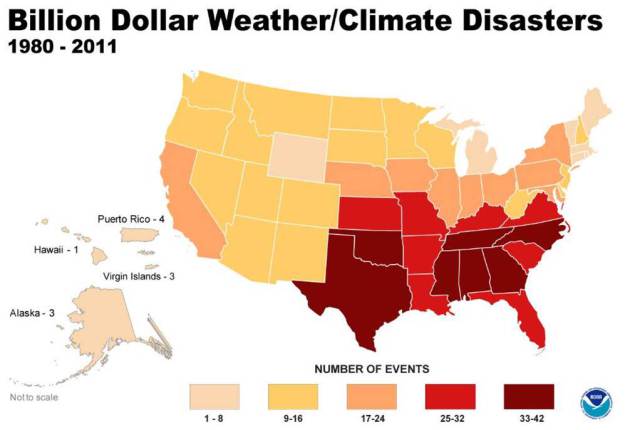 The
safest state in the USA? Possibly New Mexico. No hurricanes, few
earthquakes and tornadoes, but flash flooding takes a toll. Sorry, but I
still prefer MSP to Albuquerque.
The
safest state in the USA? Possibly New Mexico. No hurricanes, few
earthquakes and tornadoes, but flash flooding takes a toll. Sorry, but I
still prefer MSP to Albuquerque.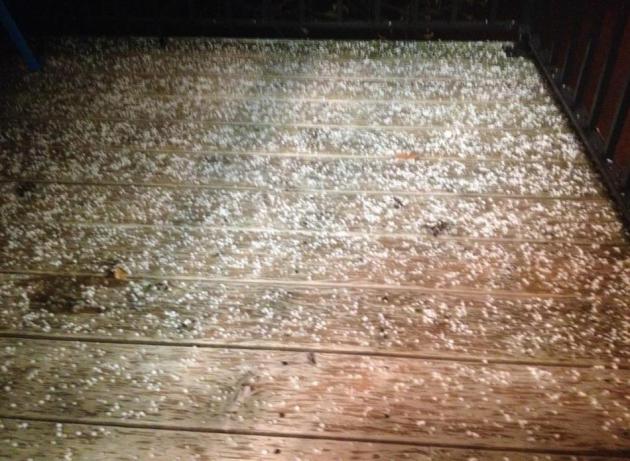
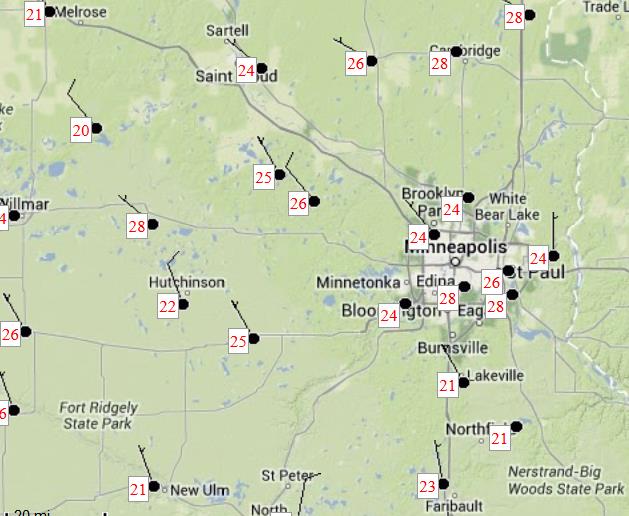
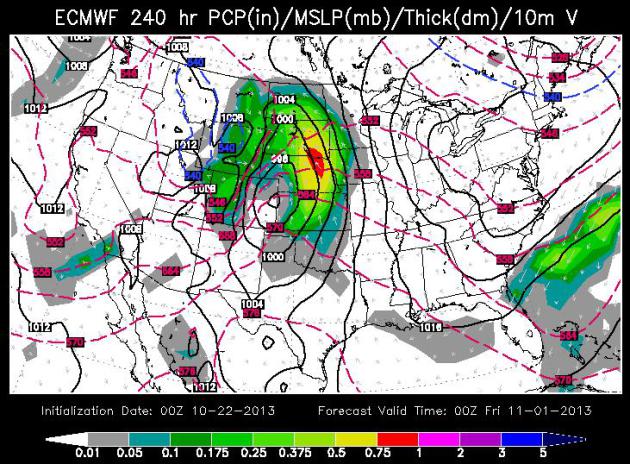
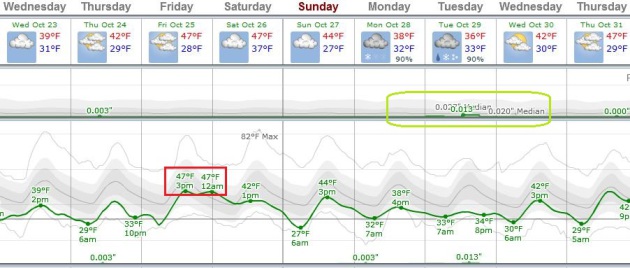
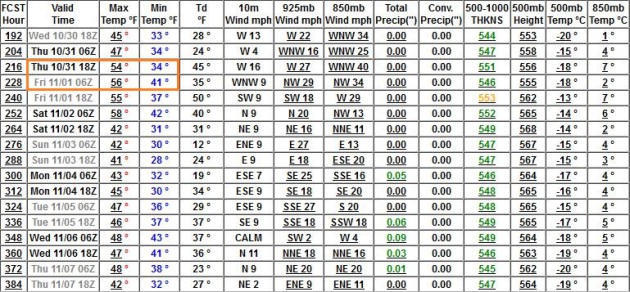
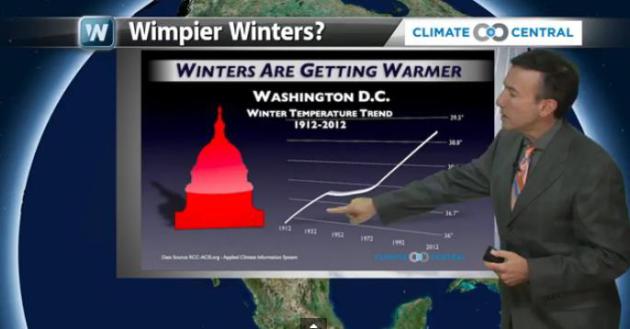
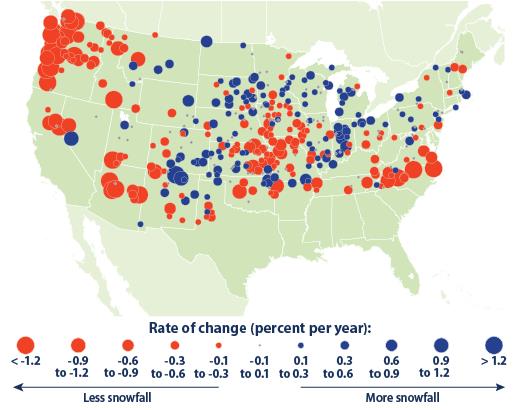
.jpg)
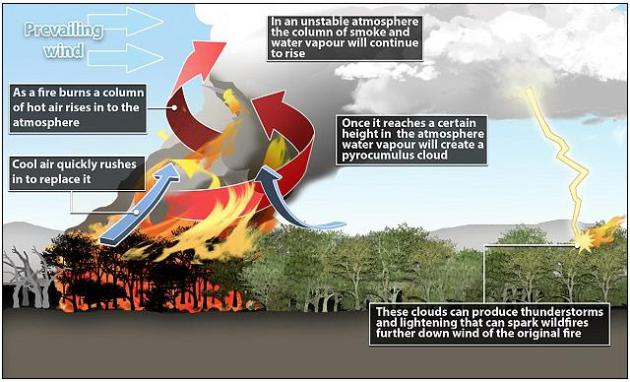
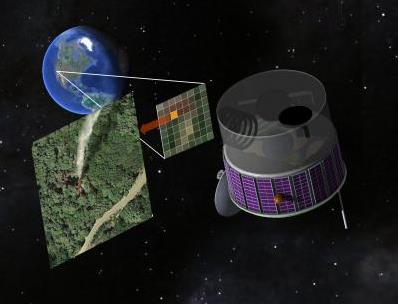
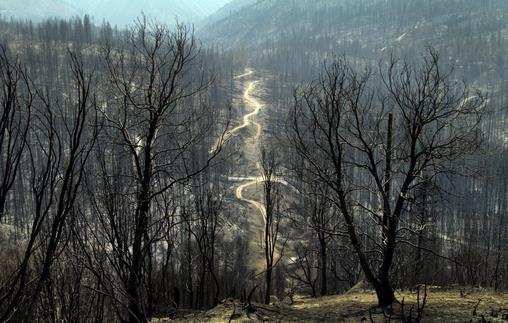

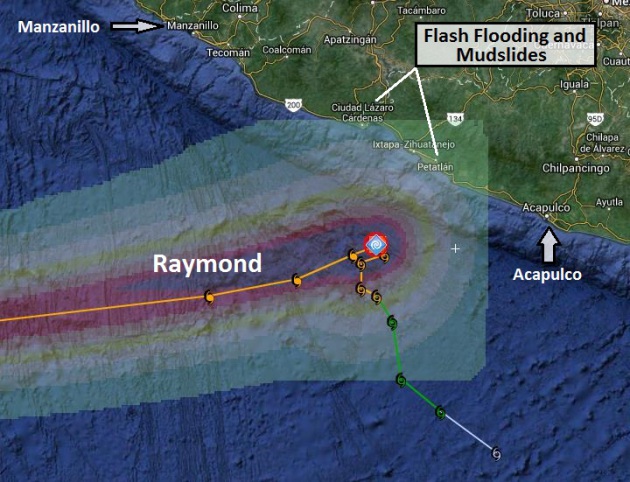
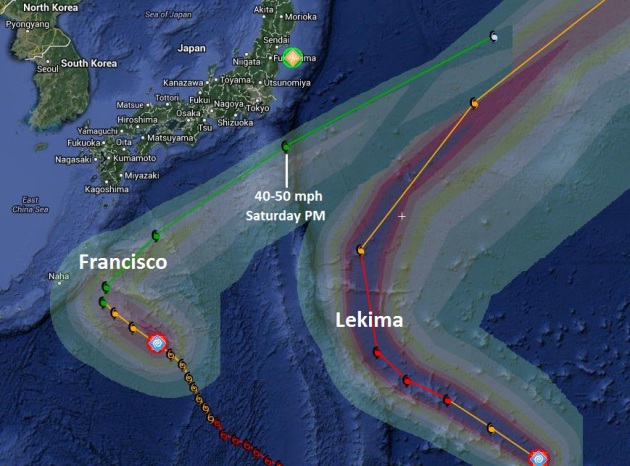
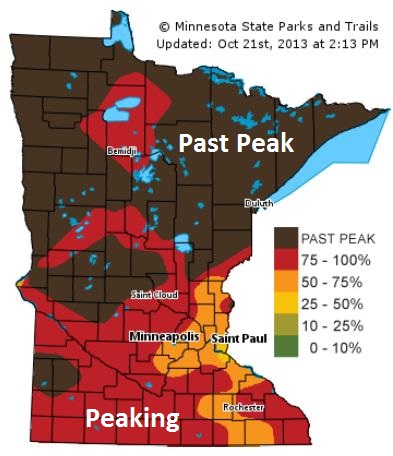
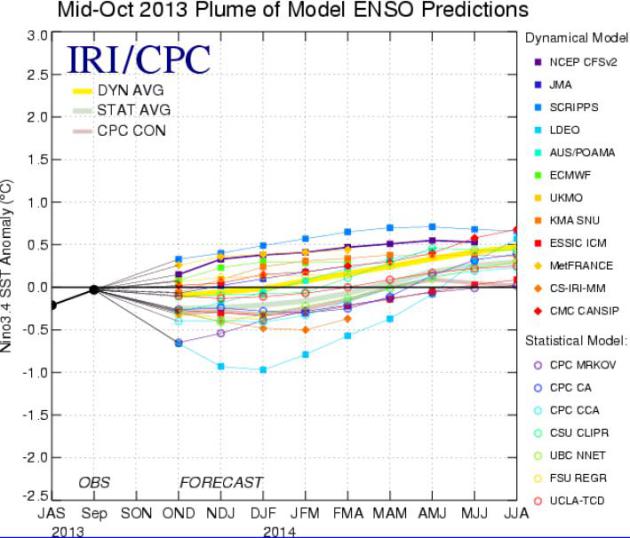
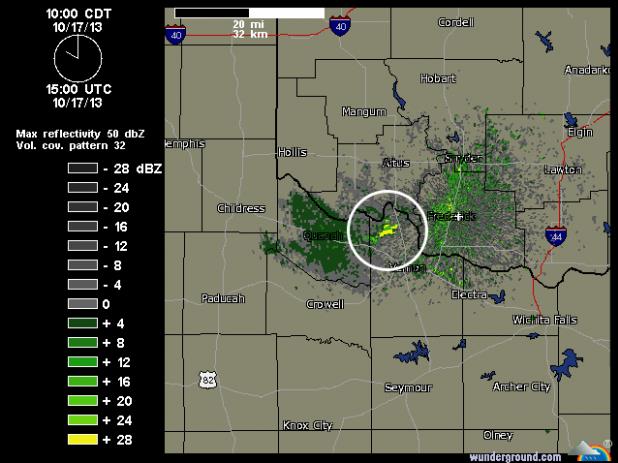
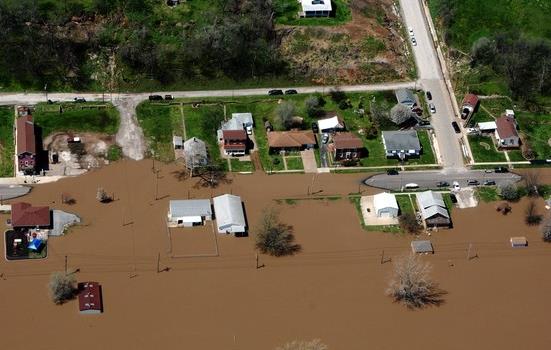
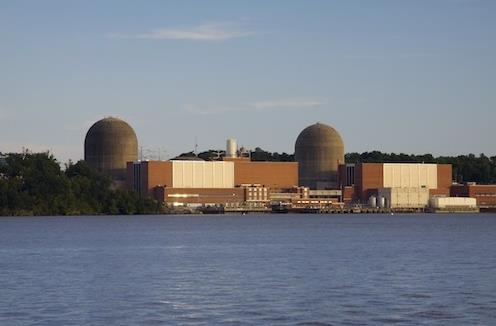
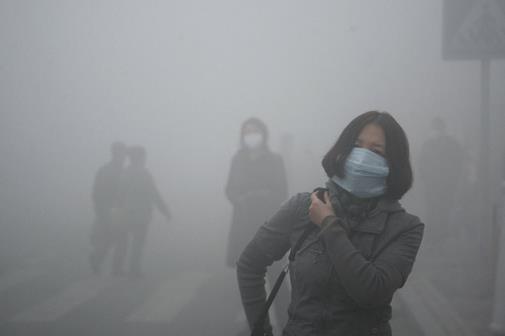
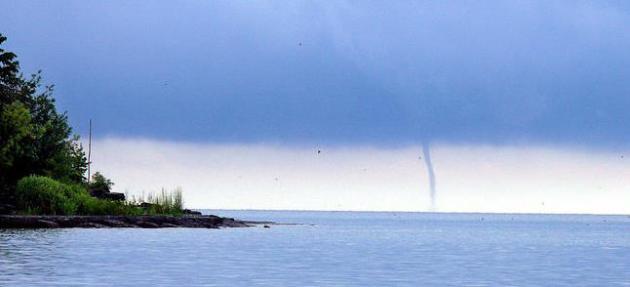
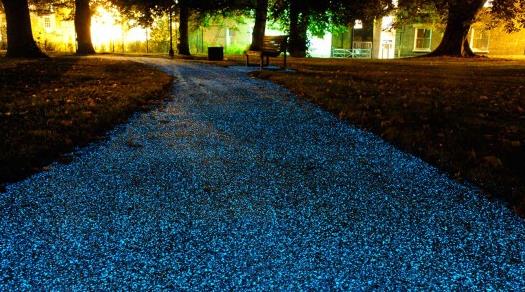
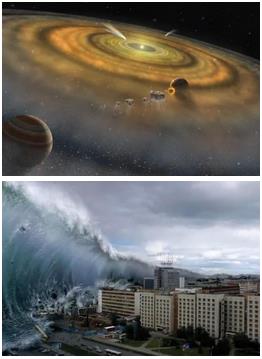

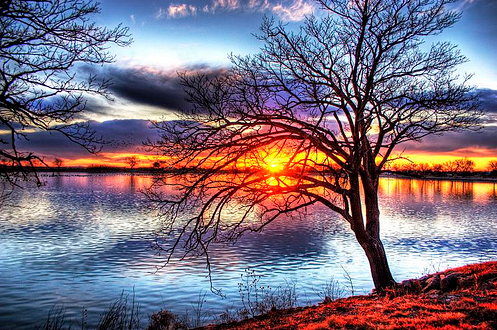
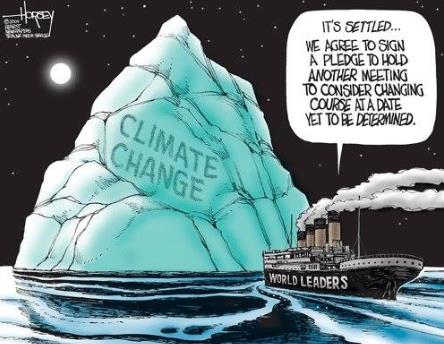
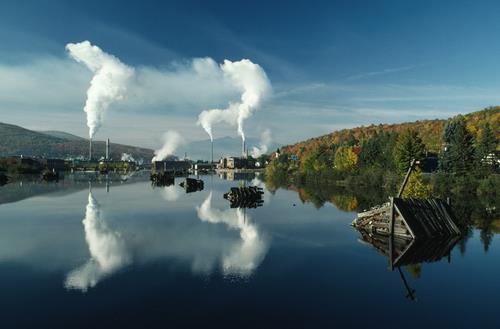
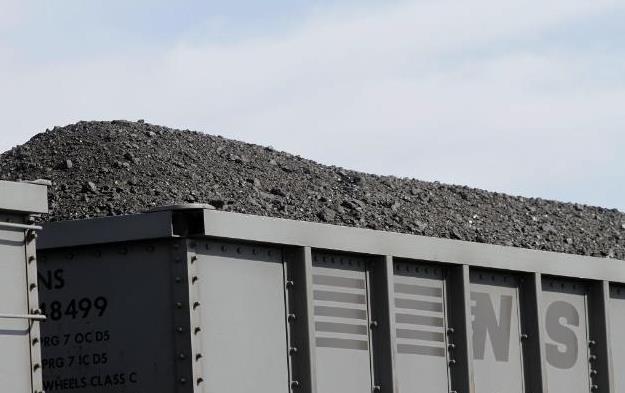
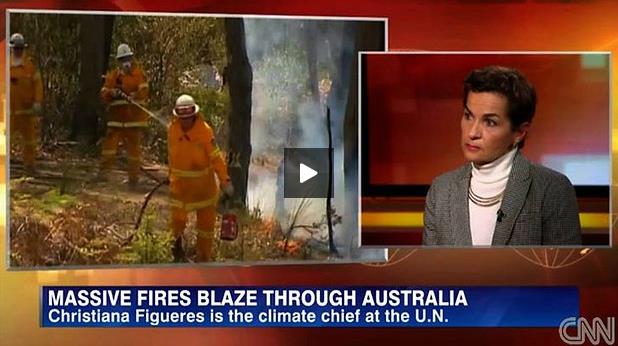
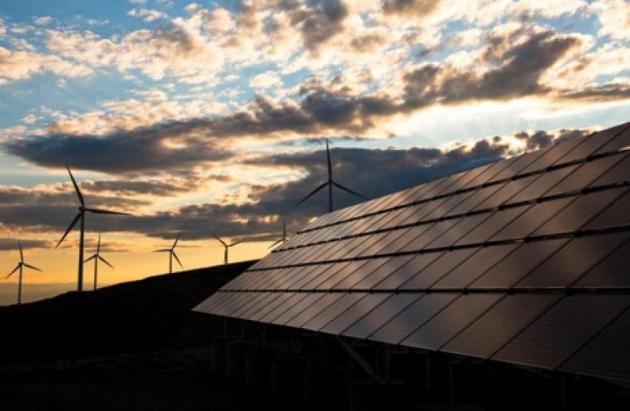

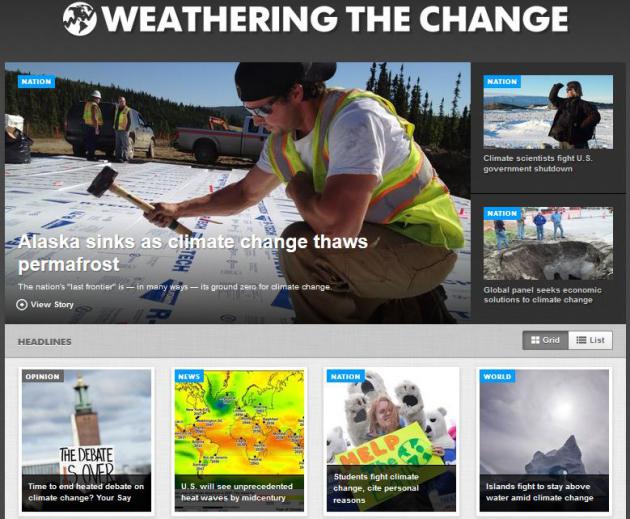
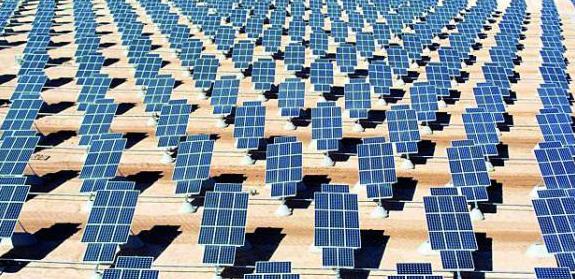

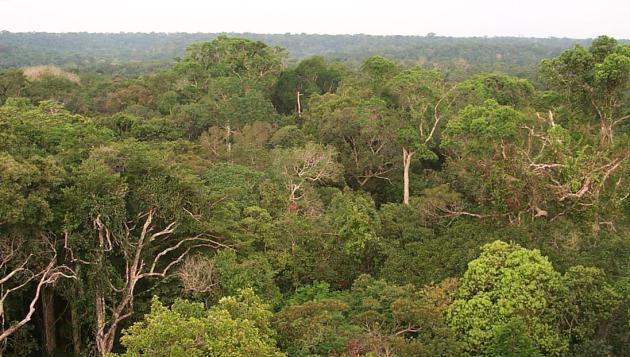
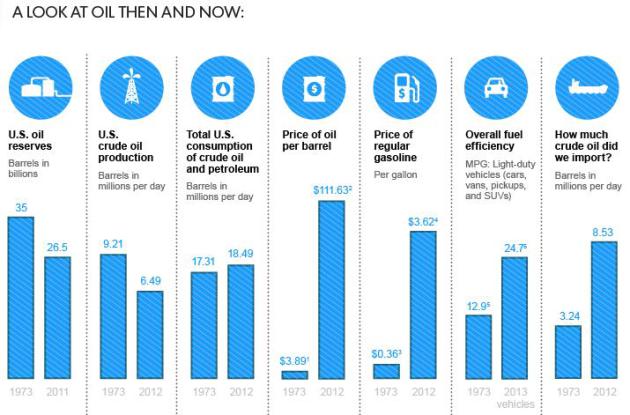 U.S. Oil Supply Looks Vulnerable 40 Years After Embargo.
Shale oil helps our overall energy needs, but we are still vulnerable
to disruptions in oil supply lines, according to this article at USA Today. Here's a snippet: "...We
remain very vulnerable," Panetta says, adding it wouldn't take much for
members of the Organization of Petroleum Exporting Countries (OPEC) —
which launched the 1973 embargo — or terrorist groups like al-Qaeda to
disrupt supplies. He says the U.S. is using less oil per capita than
decades ago and relying on the Middle East for a smaller share of its
imports, but those shifts almost don't matter. World oil prices, which
largely determine what Americans pay at the pump, remain high, because
developing countries including China and India are driving up demand.
With global oil supplies so tight as a result, even a small disruption
rattles the markets and causes price spikes. That's why, despite a 50%
increase in U.S. oil production since 2008, the price for a regular
gallon of gas remains so high. It costs, in inflation-adjusted dollars,
twice as much as 40 years ago..."
U.S. Oil Supply Looks Vulnerable 40 Years After Embargo.
Shale oil helps our overall energy needs, but we are still vulnerable
to disruptions in oil supply lines, according to this article at USA Today. Here's a snippet: "...We
remain very vulnerable," Panetta says, adding it wouldn't take much for
members of the Organization of Petroleum Exporting Countries (OPEC) —
which launched the 1973 embargo — or terrorist groups like al-Qaeda to
disrupt supplies. He says the U.S. is using less oil per capita than
decades ago and relying on the Middle East for a smaller share of its
imports, but those shifts almost don't matter. World oil prices, which
largely determine what Americans pay at the pump, remain high, because
developing countries including China and India are driving up demand.
With global oil supplies so tight as a result, even a small disruption
rattles the markets and causes price spikes. That's why, despite a 50%
increase in U.S. oil production since 2008, the price for a regular
gallon of gas remains so high. It costs, in inflation-adjusted dollars,
twice as much as 40 years ago..."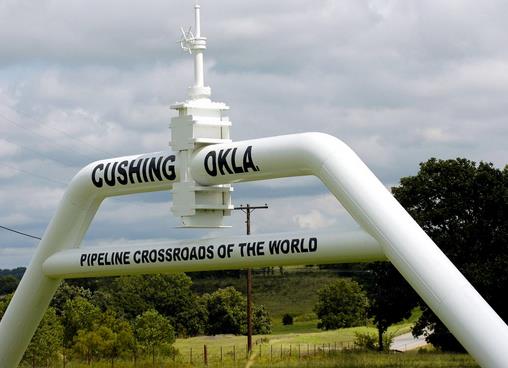

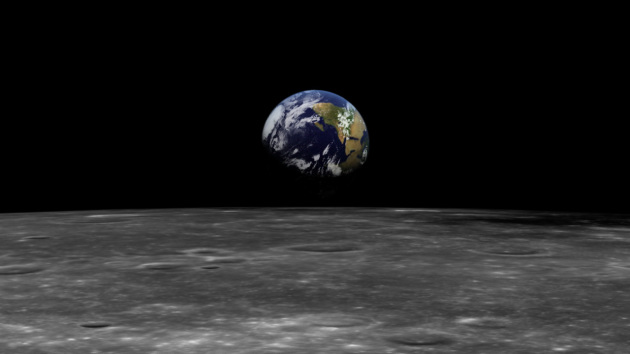

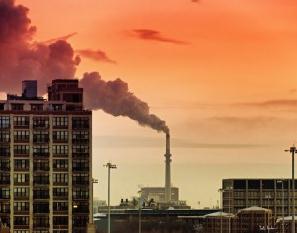
No comments:
Post a Comment